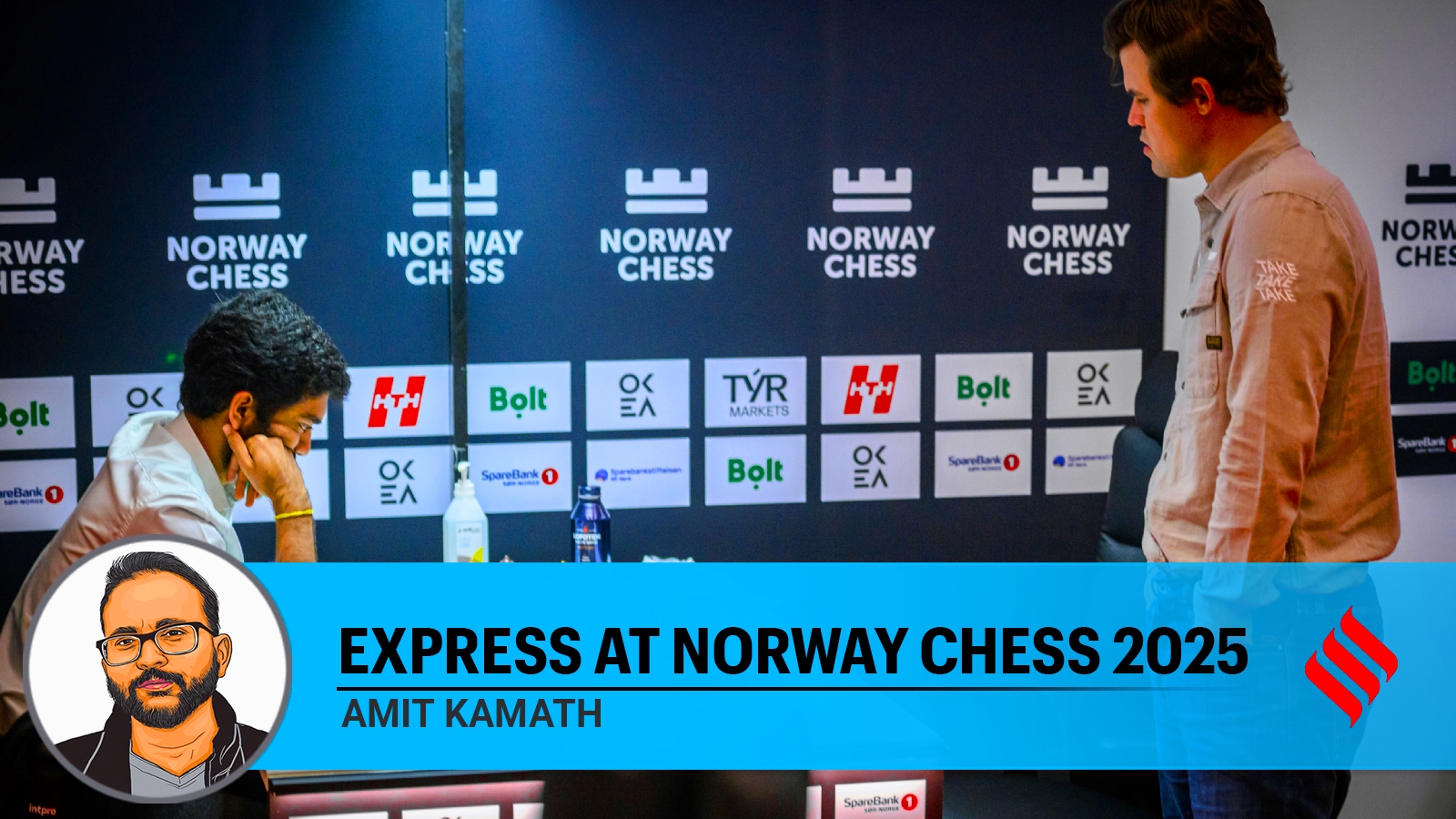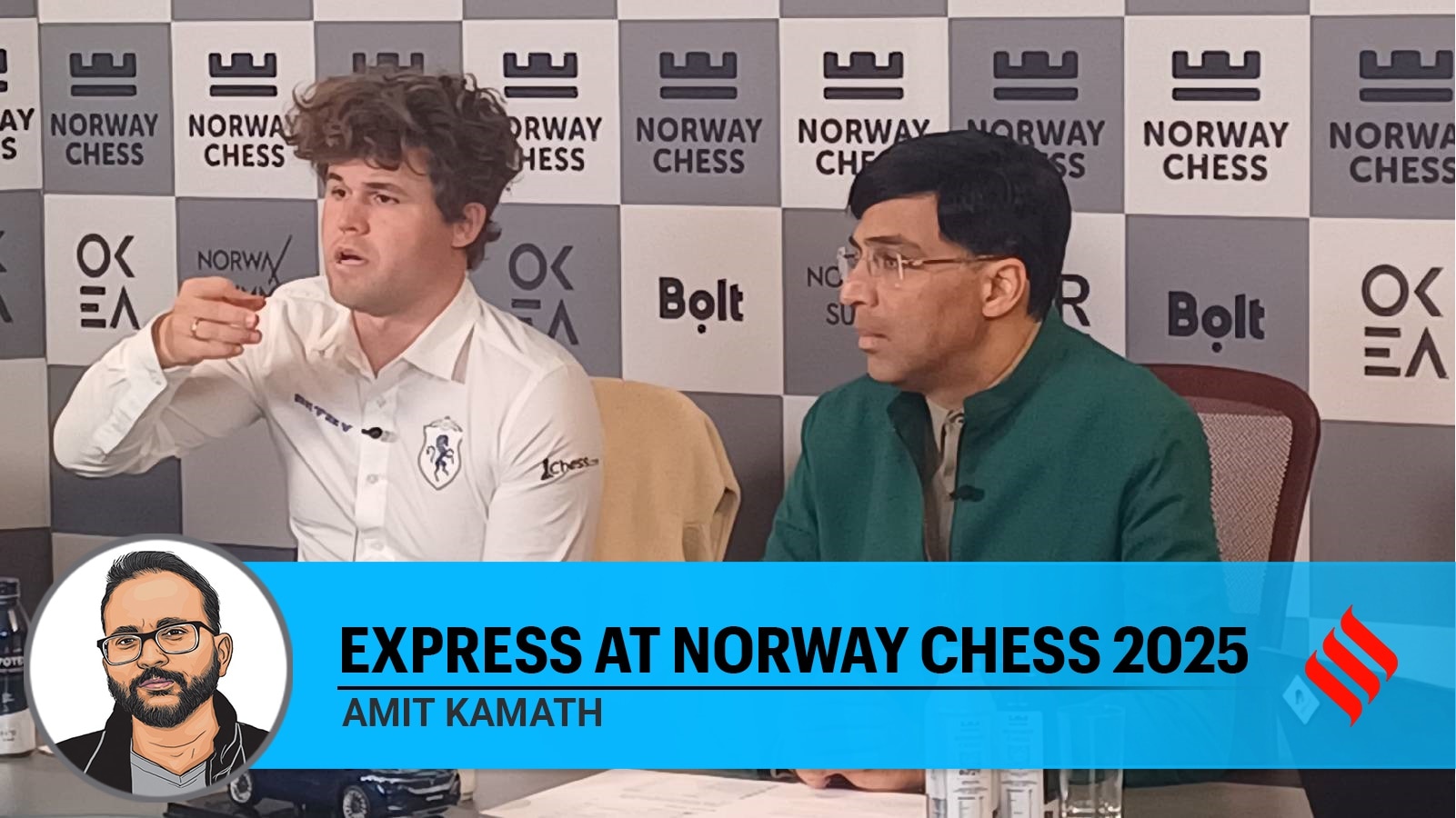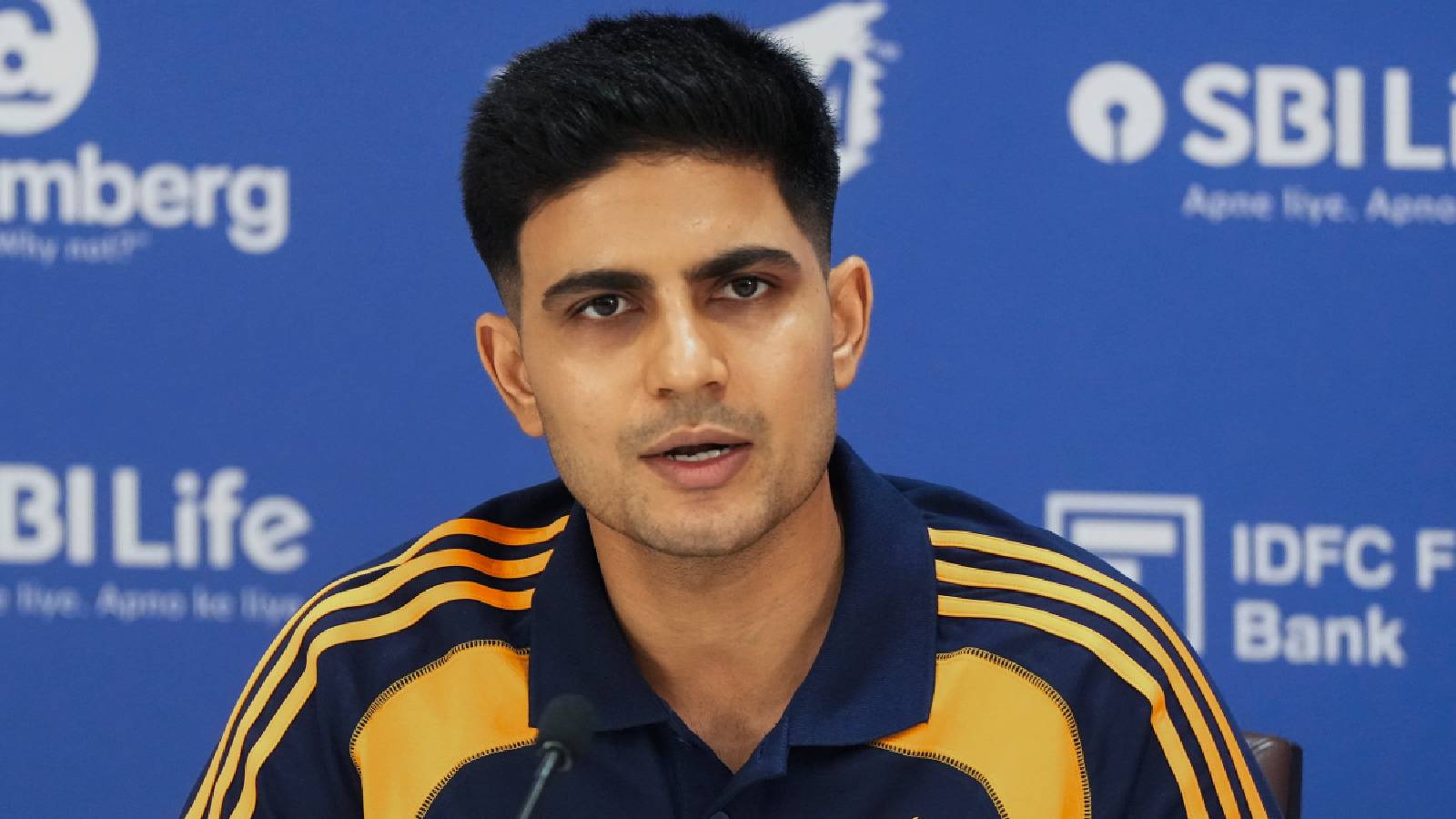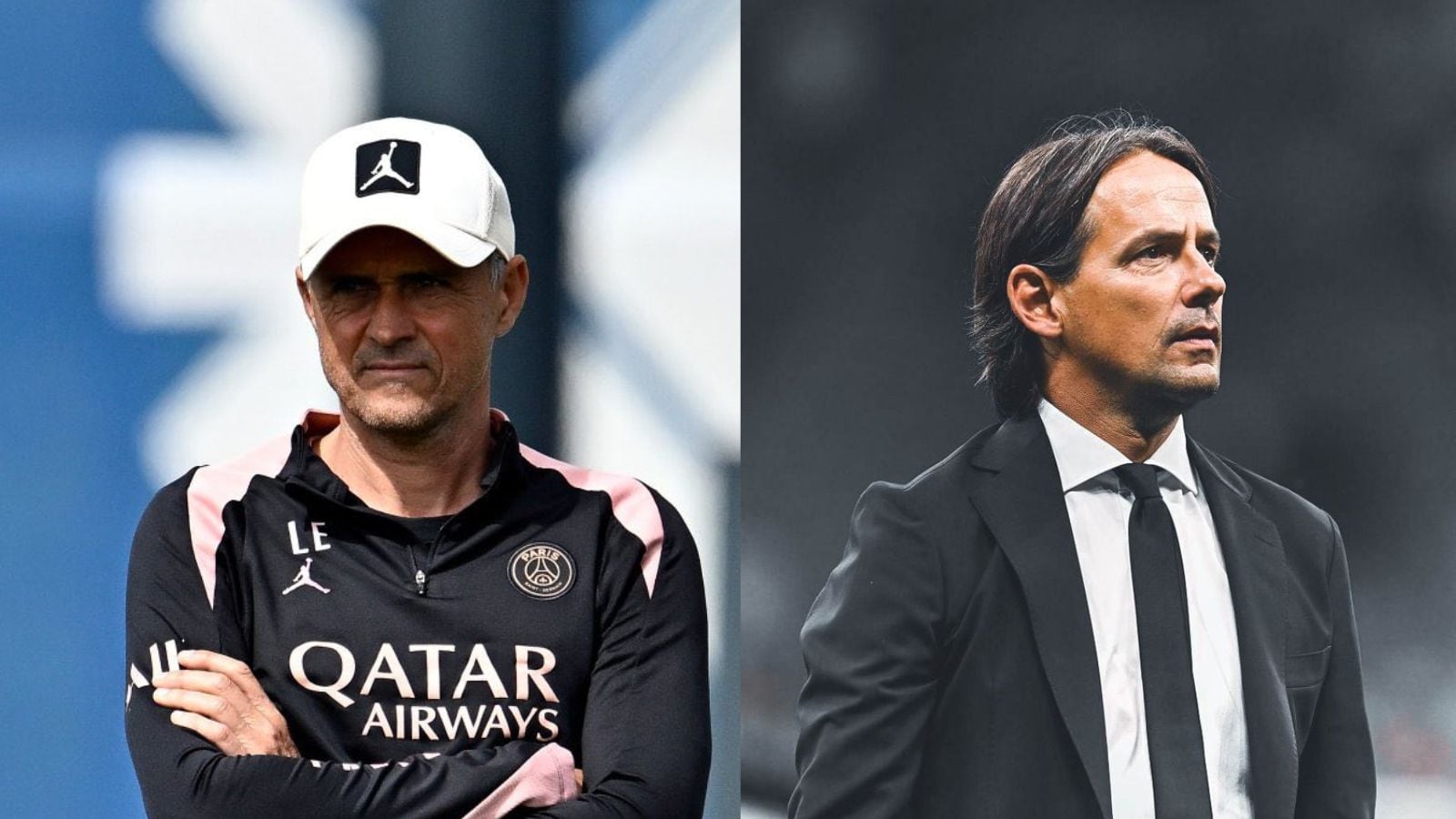ARTICLE AD BOX
It is often said that the clubs must suffer before they claim the Champions League, the most capricious club tournament in Europe. Both PSG and Inter Milan have suffered this decade, losing a final apiece. One, though, would put their heartbreaks to an end, while the other would return devastated after the final at Allianz Arena in Munich on Saturday night.
This much is certain: the final of varied and subtle layers would break the duopoly of Spanish and English clubs in the last decade. Between the two powerhouses, they have shared 10 trophies in the last eleven episodes. The night could potentially signify the rise of the French bloc in European club football. For their riveting success in international football, the last time a French club was crowned European champions was as far back as 1993, when Marseille beat AC Milan.
Similarly, Inter Milan lifting the trophy with cauliflower ears could be a kiss of life for Italian football, its glory long departed, its storied clubs tussling with bankruptcies and insolvencies and helplessly watching the talent drain. In the first 18 years of the Champions League era, Italian clubs featured in nine finals, winning five times. In the 14 since, they have only reached the final thrice, losing all.
Inter’s resolve
But beyond the grand tropes of the triumph’s impact on Europe, it’s a clash of ideologies. Not the old narrative arc of Italian pragmatism and French artistry, there are artists and artisans on both sides but a contrast in the way both perceive the game. The team embodies different values and worlds.
The Italians are largely a chip off the old block. They operate with a front two, a classical poacher and a goal-scoring creator, an anomaly in modern football; a three-man defence, adept at the lost concept of man marker, is the soul of the side; a deep-lying playmaker forged in the fine Italian tradition pulls the midfield strings. Yet, they have adopted the Pep Guardiola-like ploy of centre-backs moving upfront in possession, with a pair of midfielders temporarily dropping back. They press aggressively too, but in spells.
But more arresting than their strategies in the near hassle-free march to the final, scalping Barcelona and Bayern Munich en route, has been their mentality, their unflinching resolve to slam the door shut on the opponents’ faces. In the entire campaign, they have been behind their adversaries for a total of 16 minutes, making them arguably the most dominant side in the tournament. They are an ageing squad too, Simeone Inzaghi has named the four oldest line-ups this season. For the second leg against Bayern, they had an average age of 31.1 and no starter under 26.
Postmodern PSG
Contrastingly, PSG bumped and jerked in their journey to the knockout phase, once a nudge away from the exit door, as is expected of a young and vibrant side. Once into the knockouts, they transformed into a flawless machine, each unit perfectly in sync. They are as postmodern as post-modern football could be, blessed with players of high technical ability, twinkling feet and quick wits, a delightful amalgam of individual dazzle and collective efficiency, functioning in a 4-3-3. They have been one of the youngest sides in Europe, averaging 25 a game.
Story continues below this ad
But the old legs have enough gas and fire to defeat youth, as their game against Barcelona illustrated. When pushed to the extreme limits, they always find their way back. The setbacks in Italy, losing the scudetto by a whisker and the Coppa Italia, would further fuel their desire to sign off with the most prized trophy. For some of their ageing veterans (Acerbi is 37, Henrikh Mkhitaryan and Yann Sommer 36, Matteo Darmian 35) this could be their last Champions League dance.
For PSG, this could be the beginning, an era without the baggage of the past years of vanity, without the burden of football glitterati and giant egos, and a leap into the future. Luis Enrique’s regimented brigade has tactically outmanoeuvred all other sides in the knockouts, but Inter poses the stiffest test, because they are unlike most other sides they have encountered so far. Enrique would not change his set-up dramatically, even though he would be aware of Inter’s ploy of exploiting the high line with explosive bursts of pace. But his front-three would not always be sitting high up the pitch, they would occasionally drop deep and invite the press, so that their explosive wingmen and fullbacks could catch Inter off-guard with their pace and trickery.
The trident of Khvicha Kvaratskhelia, Ousmane Dembele and Desire Doue could pose the biggest threat to Inter’s well-worn back three, which at time morphs into a five-man defence with wingbacks too joining. But the key to suffocating them would be to contain their midfield triangle of Vitinha, Fabian Ruiz and Joao Neves, who keep interchanging their positions, confusing their opposite numbers. Neves offers energy, Vitinha control and creativity and Ruiz’s imposing physical presence. All three are extremely composed on the ball in pressure situations, are rarely dispossessed and have telepathic communication.
The battle for midfield could define the game, even though finals tend to be cagey and frigid affairs decided by a lone mistake or misjudgment. The Inter midfield – Nicholas Barella, Henrikh Mkhitaryan, and the exemplary Hakan Çalhanoğlu – is both intelligent and energetic with tremendous positional discipline, making the exchanges with their Parisian counterparts an engrossing tactical subplot.
Story continues below this ad
But as distinct as they are tactically and ideologically, they are unified by years of suffering. One of them would liberate themselves from the clutches of the haunting past. For the other, the theme of suffering would recur.



.png)
.png)
.png)


























 English (US) ·
English (US) ·